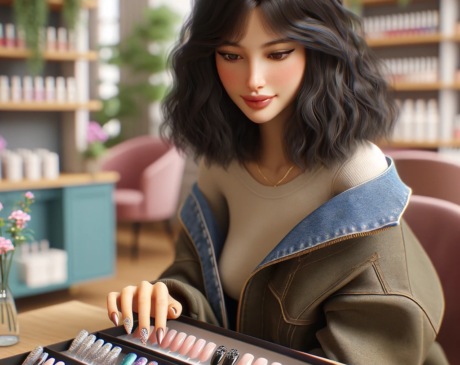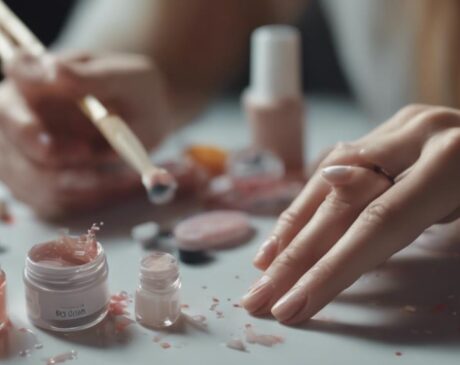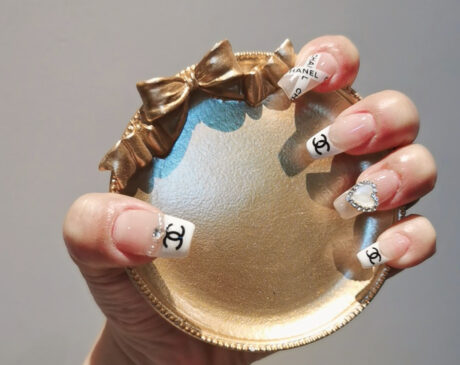Is It Good to Use UV Light on Nails?
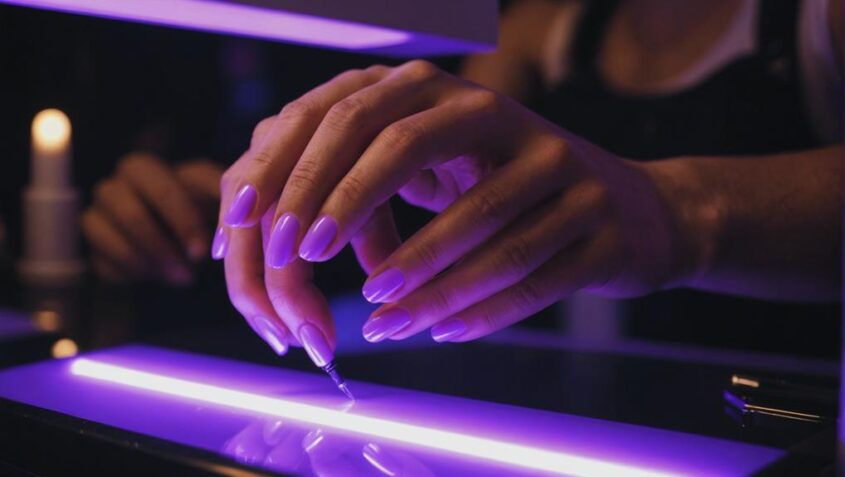
UV light is commonly used to cure gel nail polish, offering faster drying times and long-lasting finishes. However, UV nail lamps emit ultraviolet radiation that can lead to skin damage and increase the risk of skin cancer with prolonged exposure. Safety precautions like applying sunscreen and limiting exposure can help mitigate these risks. Alternatives like LED lamps with reduced UV output or gel polishes with no-cure formulas provide safer options. Understanding the benefits and risks of UV light in nail care is essential for making informed decisions for healthier nails. Additional insights on UV light in nail treatments await your exploration.
Key Takeaways
- UV light cures gel polish faster for long-lasting results.
- UV exposure can damage skin and increase cancer risk.
- LED lamps offer quicker curing with less UV radiation.
- Alternatives like air dry polishes and hybrid systems exist.
- Use UV-protective measures to enjoy benefits while minimizing risks.
Potential Risks of UV Nail Lamps
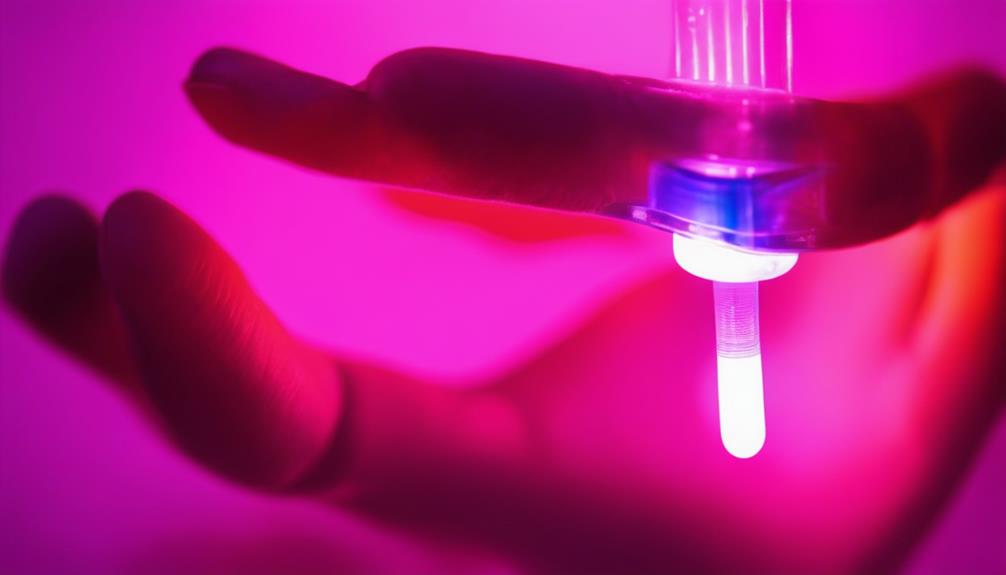
UV nail lamps, commonly used in salons for curing gel nail polish, pose potential risks to the skin and eyes due to prolonged exposure to ultraviolet radiation. While these lamps are essential for the efficient curing of gel nails, the UV light emitted can lead to skin damage and increase the risk of skin cancer. Prolonged exposure to UV radiation can cause skin aging, dark spots, and in severe cases, skin cancer. Additionally, the eyes are susceptible to damage from UV light, potentially leading to conditions such as cataracts or photokeratitis.
As the beauty industry continues to evolve, there is a growing emphasis on finding safer alternatives to traditional UV nail lamps. Innovations such as LED nail lamps offer a quicker curing time and produce less UV radiation, reducing the associated risks to the skin and eyes. By staying informed about these potential risks and advancements in technology, both salon professionals and clients can make educated decisions to prioritize safety while enjoying the benefits of gel nail treatments.
Benefits of Using UV Light
While recognizing the potential risks associated with UV nail lamps, it is important to also consider the benefits that UV light can offer in the context of nail treatments. UV light can provide several advantages that enhance the overall nail care experience:
- Efficiency: UV light helps in curing gel nail polish faster than traditional methods, reducing the time spent on manicures and pedicures.
- Durability: Nails treated with UV light tend to have a longer-lasting finish, minimizing the frequency of touch-ups and preserving the aesthetic appeal.
- Versatility: UV light can be utilized for various nail treatments, such as strengthening treatments, nail art, and intricate designs, offering a wide range of creative possibilities.
- Professional Results: UV light ensures a professional-quality finish, making it a preferred choice for individuals seeking salon-like outcomes at home or in a professional setting.
Incorporating UV light into nail care routines can revolutionize the way individuals approach and achieve their desired nail aesthetics, providing efficient, durable, versatile, and professional results.
Safety Tips for Nail Care
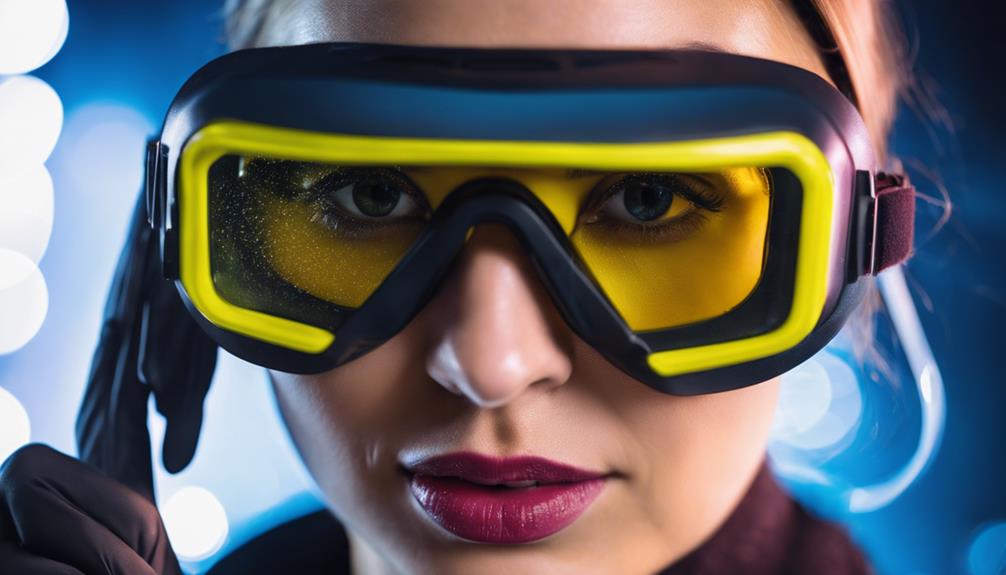
Implementing proper hygiene practices and ensuring correct nail care techniques are essential for maintaining healthy nails and preventing potential infections. When caring for your nails, it's crucial to keep your tools clean and sanitized to avoid the spread of bacteria or fungi. Regularly washing your hands, using moisturizer to prevent dryness, and avoiding biting your nails can all contribute to healthier nails. Additionally, it's important to trim your nails straight across to prevent ingrown nails and to file them gently to avoid rough edges that can catch on things.
Using nail polish and nail polish remover sparingly can help prevent damage to your nails, as some products contain harsh chemicals that can weaken them. When visiting a salon for nail treatments, ensure that they follow proper sanitization protocols to prevent infections. If you notice any changes in your nails, such as discoloration, thickening, or pain, it's essential to seek advice from a healthcare professional promptly. By practicing good nail care habits, you can maintain strong, healthy nails and minimize the risk of infections or damage.
Alternatives to UV Nail Lamps
Exploring alternative methods for curing nail polish without the use of UV nail lamps is a growing trend in the beauty industry. As consumers become more conscious of the potential risks associated with UV exposure, innovative solutions are emerging to provide safer options for achieving beautifully manicured nails. Here are some alternatives to UV nail lamps:
- LED Nail Lamps: These lamps use light-emitting diodes to cure gel polish faster than traditional UV lamps, with less exposure to potentially harmful UV radiation.
- Gel Nail Polish with No-Cure Formulas: Some nail polish brands offer gel-like formulas that can cure without the need for UV light, providing a convenient and safe option for at-home manicures.
- Air Dry Nail Polishes: These polishes are designed to dry quickly in the air without the need for any additional curing methods, offering a simple and UV-free alternative.
- Hybrid Polish Systems: Combining aspects of traditional nail polish and gel formulas, hybrid systems can provide long-lasting, chip-resistant color without UV exposure.
These alternatives cater to the needs of beauty enthusiasts seeking safe and effective ways to achieve professional-looking manicures without the use of UV nail lamps.
Expert Recommendations on UV Light
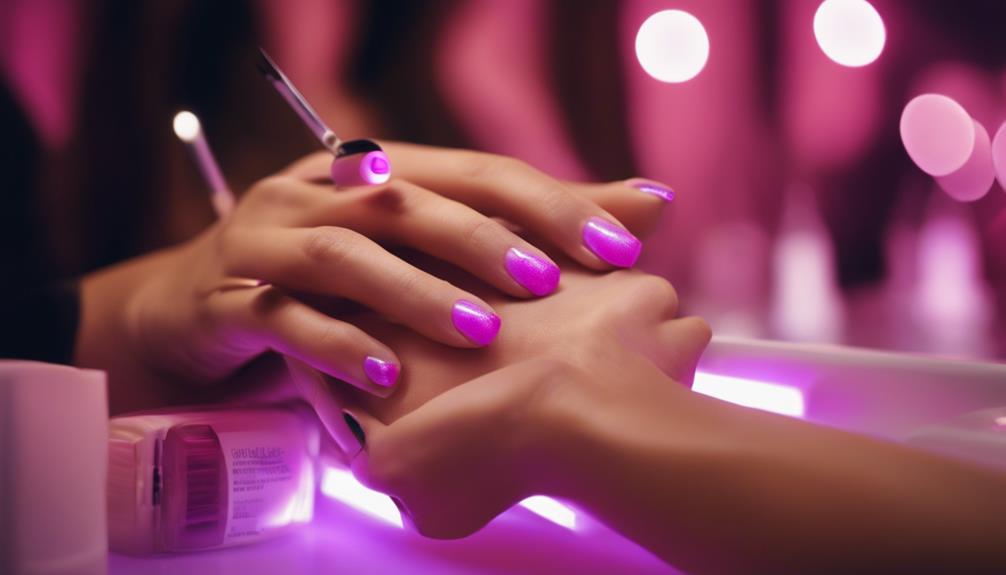
Expert recommendations emphasize the importance of understanding the effects of UV light exposure on nails. Professionals in the nail care industry suggest that while UV light can efficiently cure gel nail polish, it is essential to use it cautiously to prevent potential harm. Dermatologists recommend applying a broad-spectrum sunscreen to protect the skin from UV exposure during nail treatments that involve UV light. Additionally, experts advise limiting the duration of UV light exposure during manicures to reduce the risk of skin damage and premature aging. It is also recommended to wear UV-protective gloves or apply sunscreen to the hands before using UV lamps for nail treatments. Furthermore, staying up to date with technological advancements in UV lamps that emit lower levels of UVA radiation can help mitigate the risks associated with UV exposure during nail treatments. By following these expert recommendations, individuals can enjoy the benefits of UV light in nail care while minimizing potential adverse effects.
Frequently Asked Questions
Can UV Light on Nails Cause Skin Cancer?
In the pursuit of beauty, we must carefully consider the impact of UV light on nails. Research suggests a potential link between UV exposure and skin cancer. Prioritize skin health by exploring safer alternatives for nail enhancement.
Are There Uv-Free Gel Nail Options Available?
UV-free gel nail options are readily available, offering a safer alternative to traditional UV light curing methods. These innovative products utilize LED technology to cure gel nail polish efficiently without the potential risks associated with UV exposure.
How Often Should UV Nail Lamp Sessions Be?
Effective frequency of UV nail lamp sessions depends on individual needs. To maintain a balance between durability and safety, consult with a qualified technician. Embrace innovation by exploring UV-free gel nail options for a modern, health-conscious approach.
Can UV Light Weaken the Nails Over Time?
UV light exposure can potentially weaken nails over time due to dehydration and damage to the nail plate. It is essential to balance the benefits of UV light for nail enhancement with proper hydration and protection measures.
Are There Specific Nail Polish Brands Recommended for UV Lamps?
Seeking superior nail polish brands for UV lamps? Embrace innovation with reputable options like CND Shellac, OPI GelColor, and Gelish. These brands are recommended for their durability, vibrant hues, and compatibility with UV technology.

